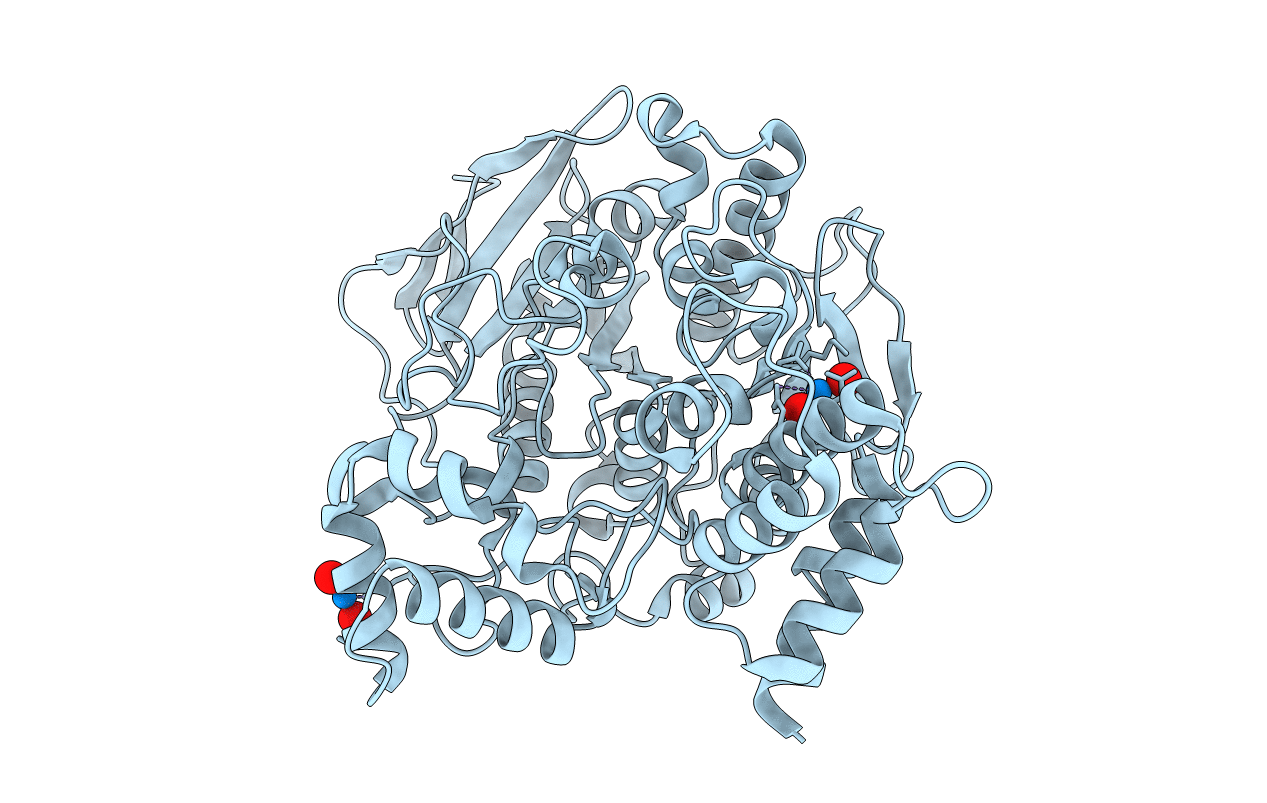
Deposition Date
2020-11-28
Release Date
2021-03-17
Last Version Date
2024-11-06
Method Details:
Experimental Method:
Resolution:
2.65 Å
R-Value Free:
0.21
R-Value Work:
0.16
R-Value Observed:
0.16
Space Group:
P 31 2 1


